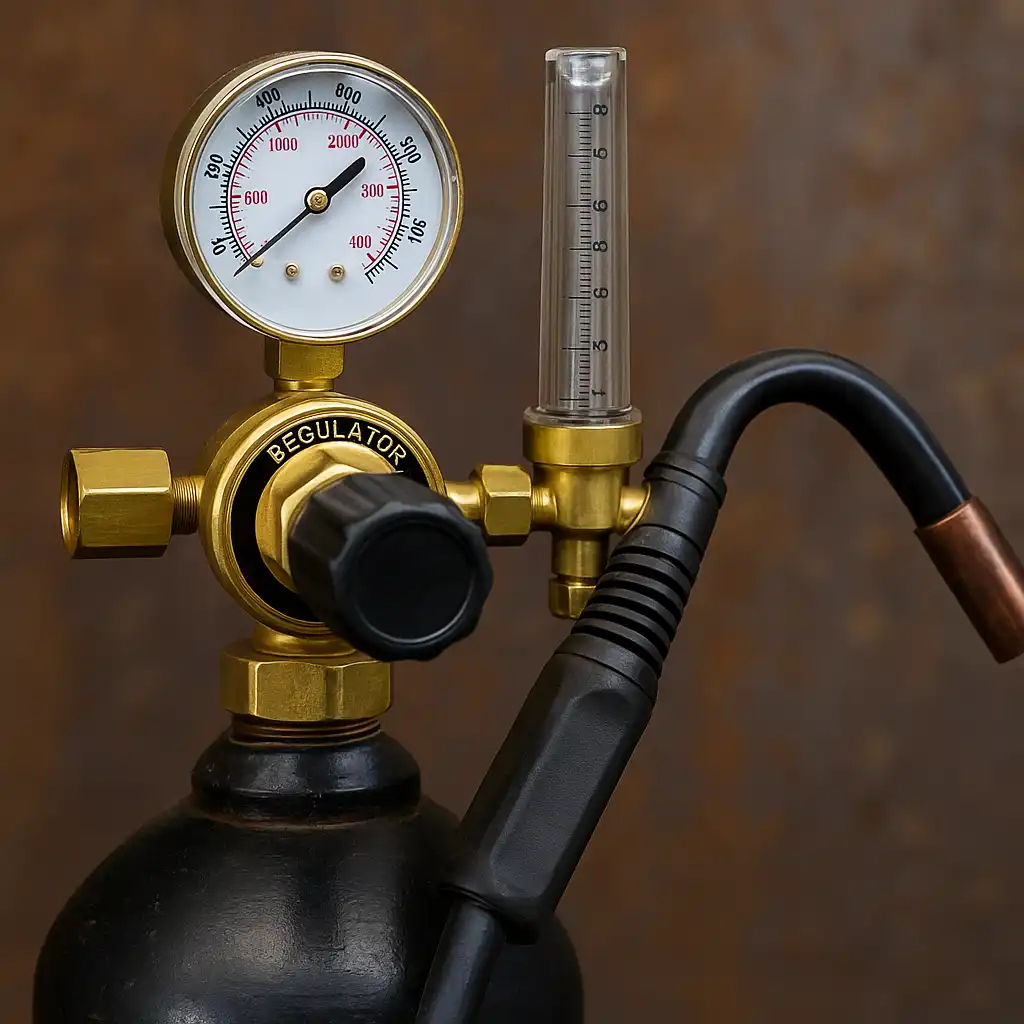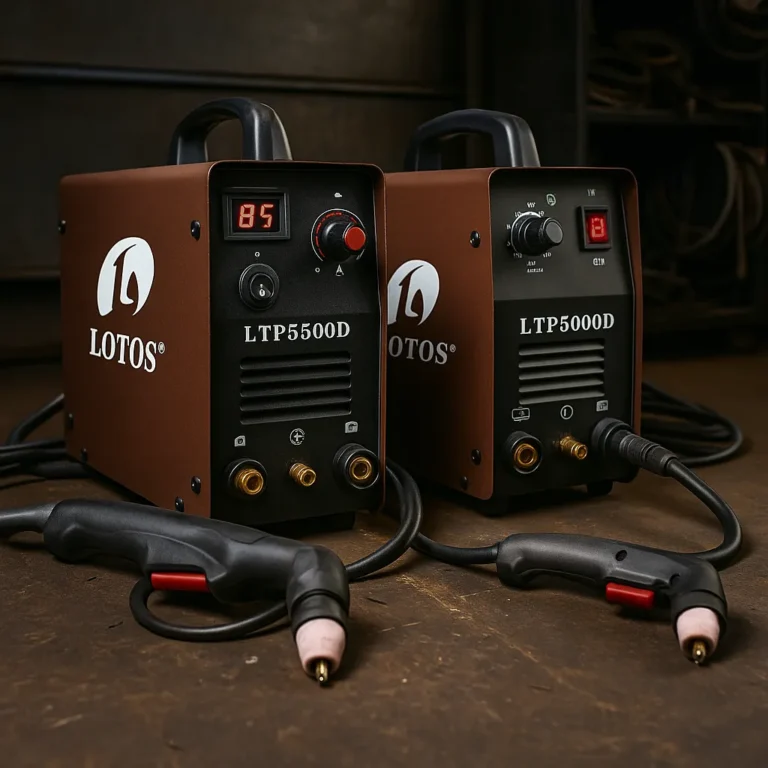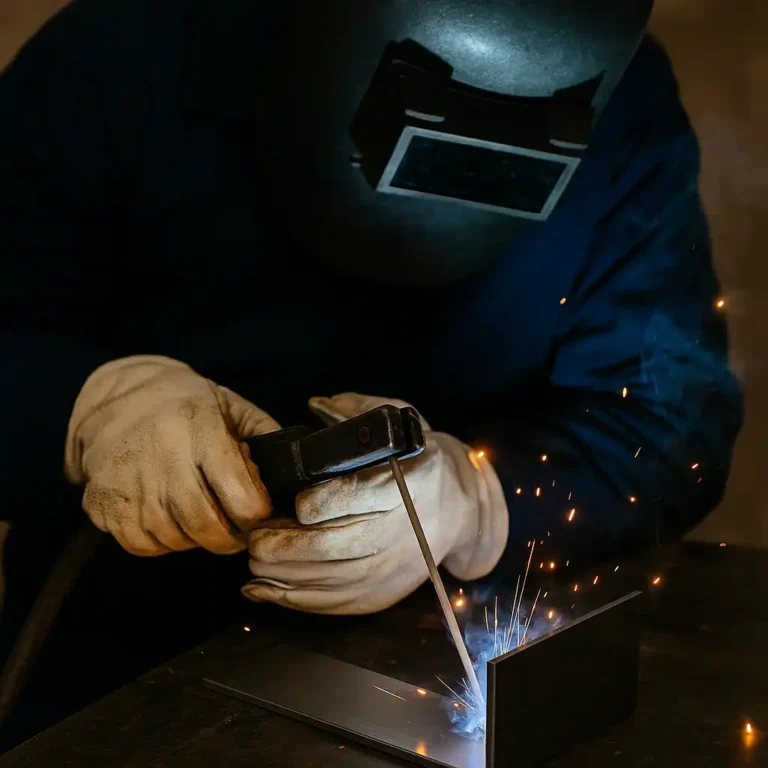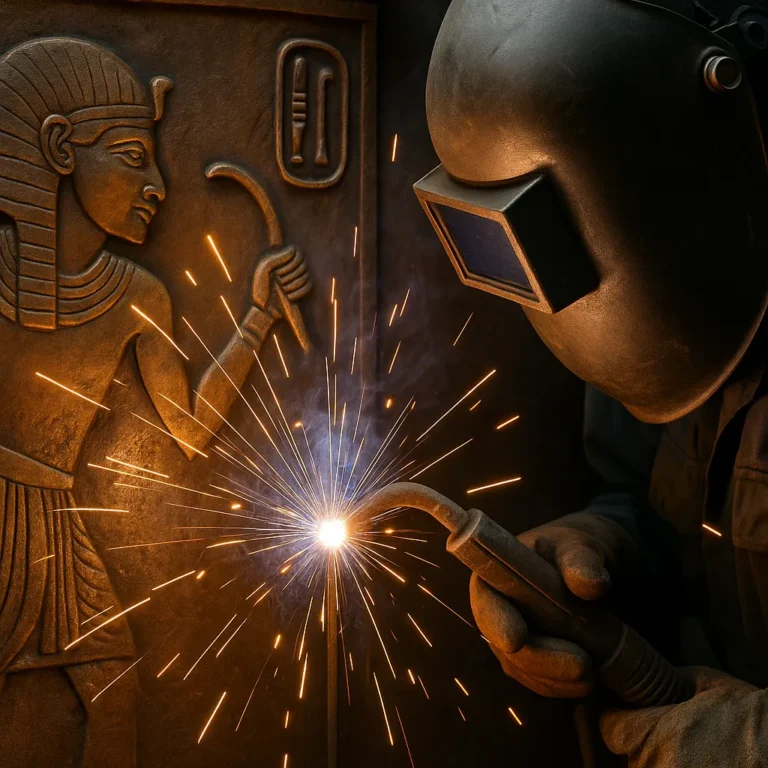What Is the Gas Pressure for MIG Welding: Proper Settings Explained

Disclosure: This post contains affiliate links. As an Amazon Associate, I earn from qualifying purchases—at no extra cost to you.
Controlling gas pressure is critical for achieving clean, consistent MIG welds. The right settings help shield the weld pool, minimize spatter, and ensure proper penetration—especially when working with varying materials and environments.
Understanding the Role of Shielding Gas
In MIG welding, shielding gas protects the weld area from contaminants in the atmosphere. Without it, oxidation and porosity can ruin the weld. Common gas choices include 100% CO₂ and argon/CO₂ mixes, each with different optimal pressure requirements.
Ideal Gas Pressure Settings for MIG Welding
Gas pressure is typically measured in cubic feet per hour (CFH), not PSI. For most shop-based MIG welding:
- Indoor settings: 20–25 CFH is often ideal.
- Drafty areas or outdoor use: 25–30 CFH may be required to compensate for wind or airflow.
- Thin sheet metal: 15–20 CFH to avoid turbulence and blow-through.
Too little gas flow can allow air into the weld, causing porosity. Too much flow creates turbulence, which can also lead to contamination.
Factors That Affect Gas Pressure
Nozzle Size and Type
Larger nozzles require more gas flow to cover the weld area effectively.
Welding Position
Flat positions usually need less coverage than overhead or vertical welds, where gravity and angles expose the arc more.
Type of Shielding Gas
- 100% CO₂: Higher flow may be needed due to greater dispersion.
- Argon mixes (75/25): More stable and may require slightly less CFH.
Wire Feed Speed and Voltage
Higher wire speeds and amperages increase the arc size, which can demand a bump in gas flow to provide adequate shielding.
How to Adjust and Check Your Regulator
Ensure the regulator is working properly:
- Open the tank slowly.
- Adjust the flow meter to your desired CFH while gas is flowing (trigger engaged).
- Check for leaks around connections.
When first engaging the trigger, a surge of gas is common. Always check the flow with the arc active or the trigger pressed to get an accurate reading.
Best Practices for Consistent Results
- Always test settings on scrap material before beginning a project.
- Shield your welding zone from wind or drafts.
- Use a flow meter with a ball indicator for accurate reading.
- Avoid kinked hoses that can restrict flow.
- Regularly inspect and clean nozzles to prevent gas blockage.
Conclusion
Getting the gas pressure right in MIG welding ensures clean, strong welds and minimizes rework. While 20–25 CFH works for most applications, adjust based on your environment, material, and technique. Proper setup and monitoring go a long way in producing professional results.





